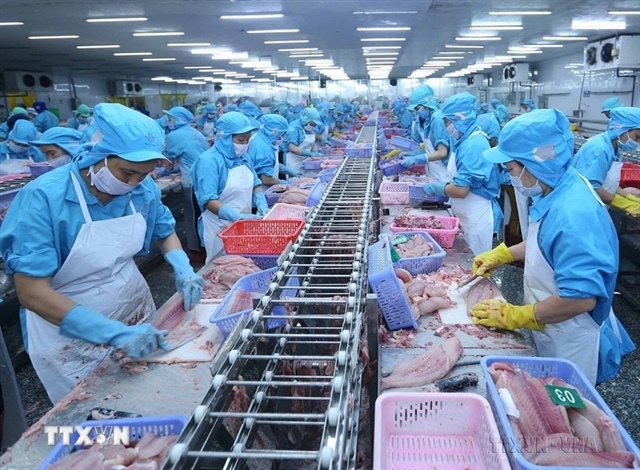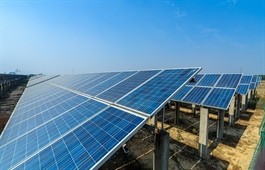Vietnamese exporters struggle with rising material prices
Vietnamese exporters struggle with rising material prices
Vietnamese manufacturers and exporters are struggling to cope with rising material prices despite posting high export volumes in the first four months of the year. 
Data from the General Statistics Office (GSO) shows exports were estimated at US$103.9 billion during the period, up 28.3 per cent year-on-year. Up to 19 types of goods earned more than $1 billion in export revenue each or 84.5 per cent of the total.
As of late April, garment exports were up 9 per cent year-on-year to $9.5 billion while footwear shipments had hit $6.4 billion, an 18.7 per cent increase.
The Ministry of Industry and Trade has forecast that exports and imports will continue to thrive as new free trade agreements with preferential tariffs are implemented, including the Comprehensive and Progressive Agreement for Trans-Pacific Partnership (CPTPP), the EU-Vietnam Free Trade Agreement (EVFTA), and the UK-Vietnam Free Trade Agreement (UKVFTA).
Despite this, companies still face challenges caused by rising material and transportation costs as well as the uncertainties over COVID-19 in the region.
Nguyen Quoc Anh, Director of the Duc Minh Rubber Company and Chairman of the HCM City Rubber Plastic Manufacturers Association, said since early this year the prices of materials, chemicals, and rubber additives have soared 60 per cent and show no signs of stabilising.
Many partners are hesitant to place orders and are waiting for prices to decline. If companies were to sell their products at the previous prices they would incur losses, he said.
Experts have suggested building industrial zones designed exclusively for manufacturing apparel and footwear materials as well as devising a strategy to develop the supply of domestically-made materials for production and export, helping firms control costs and tap the advantages contained in free trade deals.



























